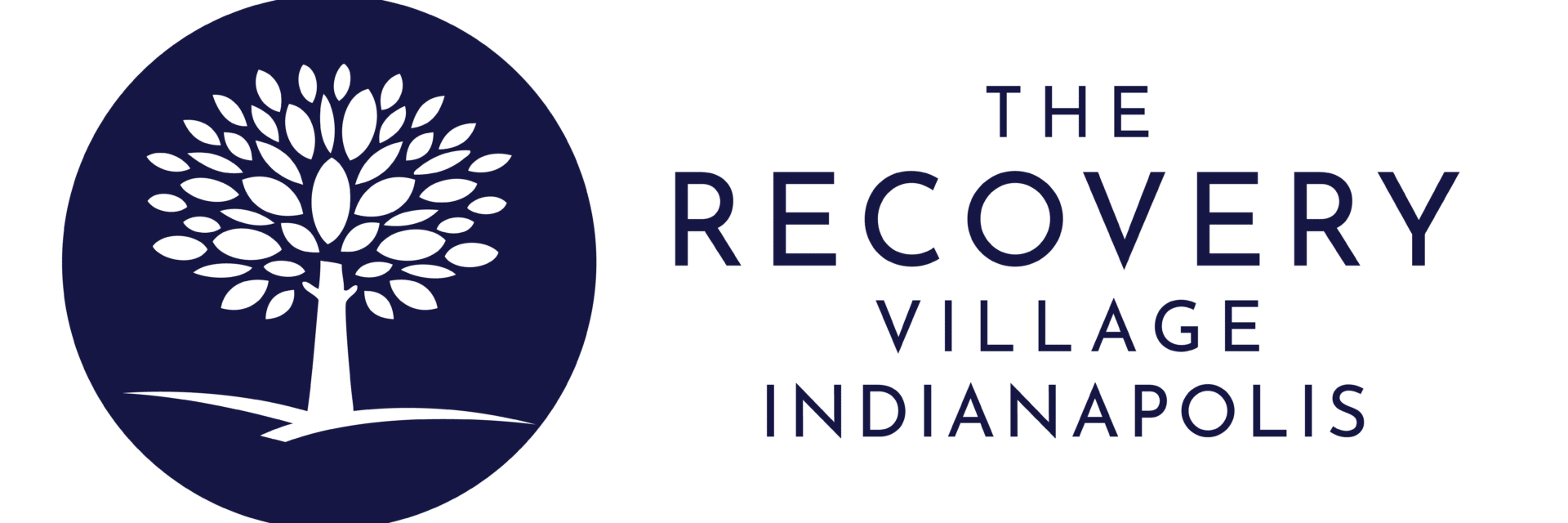Key Takeaways
- Cocaine is a potent stimulant derived from the coca plant, with a high potential for addiction due to its interaction with the brain’s neurotransmitters.
- Long-term cocaine use can lead to significant changes in brain structure and function, including decreased cerebral blood flow and cognitive deficits.
- Psychological dependence on cocaine is characterized by compulsive drug use despite negative consequences, with environmental and personal factors influencing addiction.
- Genetic predisposition plays a significant role in cocaine addiction, with specific genetic and epigenetic changes associated with increased risk.
- Environmental factors such as access, social norms and stress contribute to the risk of developing cocaine addiction.
- Personal factors, including personality traits and mental health conditions, can increase the likelihood of cocaine addiction.
- The severity of cocaine addiction is assessed by the DSM-5 criteria, ranging from mild to severe based on the number of criteria met.
- Comprehensive treatment strategies for cocaine addiction include therapy, inpatient and outpatient programs and aftercare planning.
The History of Cocaine
Cocaine is a potent stimulant drug derived from the leaves of the coca plant, primarily found in South America. Its natural form is a white crystalline alkaloid and when processed, it often appears as a fine powder or crystallized rock known as crack cocaine. The substance has a long history, with native South Americans historically chewing coca leaves for their mild stimulant effects. However, the substance we recognize as cocaine today is the result of isolating and refining the plant’s natural compounds.
Chemical Properties of Cocaine
Cocaine’s interaction with the brain is primarily through blocking the reuptake of neurotransmitters like dopamine, serotonin and norepinephrine, leading to heightened feelings of euphoria and increased energy. This mechanism is what underpins both the drug’s powerful stimulating effects and its high potential for addiction. The immediate sense of well-being and alertness is often followed by rapid development of tolerance and the risk of dependence and addiction.
Despite its natural origins, the cultivation and production of cocaine have significant legal and health implications. The drug’s output has evolved from traditional methods to sophisticated processes that yield highly potent forms of cocaine, such as crack, which is particularly addictive.
This Season, Give Yourself the Gift of a Fresh Start.
Whether you are struggling with addiction, mental health or both, our expert team is here to guide you every step of the way. Don’t wait— reach out today to take the first step toward taking control of your life.
Neurological Consequences of Cocaine Use
The impact of cocaine on the brain is profound and multifaceted, affecting both its structure and function. Cocaine primarily targets the brain’s limbic system, which is responsible for pleasure, reward and motivation. By increasing the accumulation of dopamine, cocaine induces a state of euphoria and a powerful desire to continue using the drug, setting the stage for addiction.
Neuroimaging studies, including MRI and fMRI, reveal that long-term cocaine use leads to significant changes in brain structure and function. These alterations manifest as decreased cerebral blood flow, particularly in the prefrontal cortex (PFC), crucial for decision-making and impulse control.
This decrease in blood flow correlates with the cognitive deficits and memory impairment often observed in individuals with Cocaine Use Disorder (CUD). Furthermore, cocaine misuse is associated with an increased risk of strokes, which can result in severe neurological complications.
Immediate Neurological Effects of Cocaine Use
Upon consumption, cocaine induces a surge of dopamine — a neurotransmitter associated with pleasure and motivation — resulting in intense feelings of euphoria. This dopamine buildup rapidly enhances the user’s mood, often leading to increased sociability and confidence, albeit temporarily.
Cocaine also affects the amygdala and hippocampus, which are involved in memory formation and the frontal cortex, which is responsible for decision-making and impulse control. By stimulating these areas, cocaine not only produces pleasure but also impairs judgment and heightens the likelihood of compulsive drug-seeking behavior, even after short-term use.
Research indicates that these neurological changes are immediate and can set the stage for addiction. The initial euphoria quickly fades, often leaving the user with a strong desire to recreate the experience, which can lead to repeated use and increased risk of addiction.
Scientific studies have shown that even short-term cocaine exposure can lead to heightened sensitivity to the drug and an amplified craving for it, which are considered reliable indicators of potential addiction.
Long-Term Neurological Impact of Cocaine Use
Chronic cocaine use is associated with a variety of neurological alterations, with evidence suggesting impairments in memory, attention and decision-making processes. Moreover, cocaine use can lead to cardiovascular issues, which are inextricably linked to brain health, given the brain’s reliance on a healthy vascular system.
Studies indicate that cocaine can lead to the destruction of gray matter brain cells and may accelerate brain aging, further compounding the cognitive deficits observed in users. While some damage may be partially reversible with early intervention and cessation of use, persistent cocaine addiction poses a significant risk of enduring neurological harm.
Physical Dependence on Cocaine
Cocaine dependence involves both physical and psychological elements, with users often increasing their intake to achieve the desired effects, which can spiral into a cycle of abuse and addiction. The National Survey on Drug Use and Health reports approximately 1.5 million current cocaine users in the United States, highlighting the prevalence of this issue.
The stimulant nature of cocaine increases the risk of serious health complications, including cardiovascular events like heart attacks and strokes. Habitual users may develop symptoms such as irritability, depression, anxiety, insomnia and intense cravings, which can persist for weeks or even months after cessation. The withdrawal phase, which can last from 1 to 10 weeks post-use, often includes lethargy, erratic sleep and emotional instability.
Psychological Dependence on Cocaine
Psychological dependence on cocaine is a critical aspect of cocaine addiction, characterized by a compulsive desire to use the drug despite negative consequences. This dependence is often driven by the drug’s interaction with the brain’s reward system, leading to intense cravings and an obsession with obtaining and using cocaine.
Research indicates that psychological dependence on cocaine can lead to significant psychiatric issues, including the development of long-term disorders. Furthermore, the co-occurrence of mental health disorders can exacerbate cocaine dependence, making it essential to address these issues in treatment.
The Factors Influencing Cocaine Addiction
The addictive nature of cocaine is influenced by a complex interplay of various factors, including genetic predispositions, environmental influences and individual psychological traits. Understanding these multifaceted factors is crucial for developing effective treatments and interventions for cocaine addiction.
Genetic Predisposition
Genetic factors play a significant role in an individual’s susceptibility to cocaine addiction. Studies have shown that genetic factors can account for approximately 39-70% of the risk for cocaine use disorders, suggesting a strong heritable component to addiction susceptibility.
Research in the field of molecular genetics has identified specific genetic and epigenetic changes that occur with cocaine use, which may contribute to the development of cocaine use disorders (CUD). These changes can affect gene expression in the brain, particularly within the immediate early gene (IEG) family, which is involved in the brain’s response to drugs.
These modifications can lead to alterations in physiology and behavior that may pass on to subsequent generations, increasing their risk of addiction. For example, genome-wide association studies (GWAS) have identified loci associated with CUD, including those near the FOXP2 gene and brain eQTLs for CHRNA2 and EPHX2, which may influence individual vulnerability to cocaine addiction.
Environmental Factors
Environmental factors play a significant role in the development and perpetuation of cocaine addiction. Research has identified several key ecological influences that can impact an individual’s likelihood of engaging in cocaine use and developing an addiction. These factors include:
- Access and exposure: The availability of cocaine and exposure to its use in one’s environment can increase the risk of trying the drug and subsequently developing an addiction.
- Neighborhood disadvantage: Residing in areas with concentrated poverty and social disorder has been linked to higher rates of substance abuse, including cocaine.
- Social norms: Societal standards and perceptions of drug use can either discourage or encourage cocaine use. In some environments, drug use may be normalized or even glamorized.
- Stress and peer pressure: High-stress environments and pressure from peers can contribute to the initiation and continuation of cocaine use.
- Risky substance use environments: Environments where risky behaviors are common may increase the likelihood of cocaine use and addiction. This can include places where there is a high prevalence of other types of substance abuse or criminal activity.
- Barriers to treatment: Environmental barriers, such as lack of access to healthcare and treatment facilities, can hinder recovery from cocaine addiction, thereby perpetuating the cycle of addiction.
Efforts to modify these environmental risks, such as improving neighborhood conditions, increasing access to treatment and changing social attitudes towards drug use, could help reduce the incidence and severity of cocaine addiction.
Personal Factors
According to a study published on PubMed, variables such as personality, depression, self-esteem and childhood abuse have been examined as predictors of risk factors in cocaine-dependent individuals. These intrapersonal elements, including cognitions, affect and problem behaviors, contribute to the complexity of drug use and abuse, as discussed in SAGE Journals.
Moreover, the intensity and duration of the cocaine high can be influenced by personal factors like the amount of cocaine consumed and concurrent use of other substances. The severity of cocaine addiction can be influenced by personal mental health conditions, with certain personality traits or psychiatric disorders increasing the risk of addiction.
How to Find Out the Severity of Cocaine Addiction
According to the DSM-5 criteria, the severity of substance use disorders, including cocaine addiction, can range from mild to severe based on the number of criteria met. A mild disorder involves meeting two to three criteria, moderate involves four to five and severe is characterized by six or more criteria. These criteria include behavioral changes, such as impaired judgment and loss of impulse control, which can lead to high-risk behaviors and increased chances of accidents or infectious diseases like HIV and hepatitis C.
Best Treatment Strategies for Cocaine Addiction
The Recovery Village provides a full spectrum of care for individuals struggling with cocaine addiction, encompassing various evidence-based strategies tailored to each patient’s unique needs.
- Inpatient or residential treatment: It offers a structured environment with 24/7 supervision, which is beneficial for individuals with severe addiction or those who require a stable, drug-free setting to begin recovery.
- Outpatient programs: They patients to live at home while receiving regular treatment, suitable for those with less severe addiction or who have strong support systems in place.
- Therapy: A cornerstone of treatment, with individual and group sessions focusing on cognitive-behavioral therapy (CBT) and contingency management, among other modalities.
While there are currently no FDA-approved medications for cocaine withdrawal or long-term treatment, medical support is available for managing withdrawal symptoms and any co-occurring mental health conditions.
Aftercare planning is crucial for long-term recovery, with options including follow-up appointments, support groups and teletherapy services. The Recovery Village’s teletherapy program provides accessible, ongoing support for those in recovery, ensuring that former patients maintain progress and have resources available to prevent relapse.
Cocaine Addiction Is Treatable Only If You Get Help Quickly
For those seeking addiction or mental health treatment, The Recovery Village Indianapolis Drug and Alcohol Rehab stands as a beacon of hope. Located within the heart of Indy, we offer an array of treatment options, including medical detox and inpatient rehab for substance abuse and a residential rehab program for mental health disorders.
When you or a loved one are ready to embark on the path to recovery, our Recovery Advocates are here, ready to assist. Reach out to learn more about our tailored treatment programs, designed to cater to your specific needs and situation.


